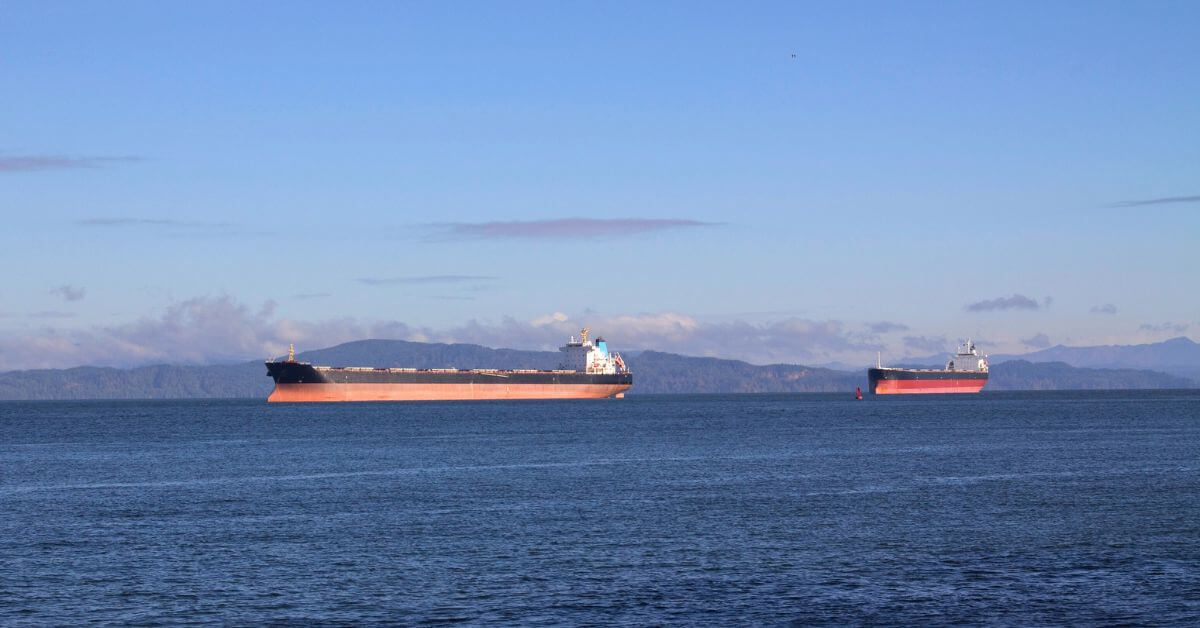The Indian Navy is preparing to launch an advanced underwater sensor network across key areas of the Indian Ocean Region (IOR).
This large-scale surveillance system aims to detect and track growing Chinese submarine activity and safeguard vital sea routes.
The initiative, being developed jointly with the Defence Research and Development Organisation (DRDO), is focused on deploying sophisticated detection systems in strategic zones such as the Ninety East Ridge, the Bay of Bengal, and the waters surrounding the Andaman and Nicobar Islands.
These areas are not only crucial due to their proximity to global shipping lanes but also for their increasing submarine traffic and geopolitical sensitivity.
The Indian Ocean has seen a sharp rise in the number of foreign submarines, especially from China. The People’s Liberation Army Navy (PLAN) has doubled its submarine presence in the IOR since 2020.
Recently, Chinese Type 039 Yuan-class diesel-electric submarines and nuclear-powered Type 094 Jin-class ballistic missile submarines have been spotted dangerously close to Indian waters.
Additionally, China’s ‘Dong Fang Hong 3’ research vessel conducted a month-long survey in the Ninety East Ridge area, believed by Indian officials to be a cover for underwater mapping to aid submarine navigation.
The ridge, a long underwater mountain range stretching over 5,000 kilometers from the Bay of Bengal to the Southern Ocean, is an ideal route for submarine movement and is of particular strategic interest to India.
The Indian Navy’s underwater sensor network project, referred to as “Deep Ocean Watch,” will involve cutting-edge technology for early detection and real-time tracking of submarines.
The system will integrate seabed-based active and passive sonar systems, towed array sonars on naval ships and aircraft, and airborne Magnetic Anomaly Detectors (MAD).
These technologies will be supported by Superconducting Quantum Interference Devices (SQUIDS) known for their high sensitivity in picking up weak electromagnetic signals emitted by submarines.
The passive sonar systems will quietly monitor noise generated by submarine propellers and machinery without revealing their own position.
In high-threat scenarios, active sonar systems will send sound pulses and listen for returning echoes to pinpoint submarine locations.
Towed array sonars, mounted on India’s P-8I Poseidon aircraft and Kolkata-class destroyers, will allow the Navy to identify submarines from a distance using their unique acoustic signatures.
MAD and SQUID sensors will be an additional layer of detection. While MAD identifies magnetic field disruptions caused by large metallic structures underwater, SQUIDS are designed to sense even the faintest electromagnetic changes, offering another method of identifying hidden threats.
The country has drawn inspiration from the “Fish Hook Undersea Defense Line” a vast underwater sensor network built by the United States and Japan in the Pacific Ocean.
This defense line stretches from Japan to Southeast Asia and uses seabed sensors to monitor submarine activity.
India hopes to create a similar early warning system, especially near the Andaman and Nicobar Islands, which is a strategic chokepoint overlooking the Malacca Strait, a maritime route through which over 60 per cent of global trade passes.
The DRDO’s Naval Physical and Oceanographic Laboratory (NPOL) in Kochi is leading the technical development of the sensors.
The lab is known for sonar systems like Abhay and HUMSA-UG. It will work alongside DRDO’s Submersible Platform for Acoustic Characterisation & Evaluation (SPACE) and Ocean Data Centre to refine the system before full-scale deployment.
The underwater sensor network will be connected to India’s broader Maritime Domain Awareness (MDA) structure.
It will also integrate with satellite tracking systems and the Information Fusion Centre–IOR (IFC-IOR) in Gurugram, which already shares maritime data with over 40 countries.
Talks are also ongoing with the United States and Japan to link this new system with the existing Fish Hook Sound Surveillance System (SOSUS), potentially creating a more unified submarine tracking capability across the Indo-Pacific.
Under the Indo-Pacific Maritime Domain Awareness Initiative (IPMDA), friendly nations like the U.S., Japan, and Australia may provide India with real-time submarine movement data.
References: freepressjournal, thedefensenews
Do you have info to share with us ? Suggest a correction






